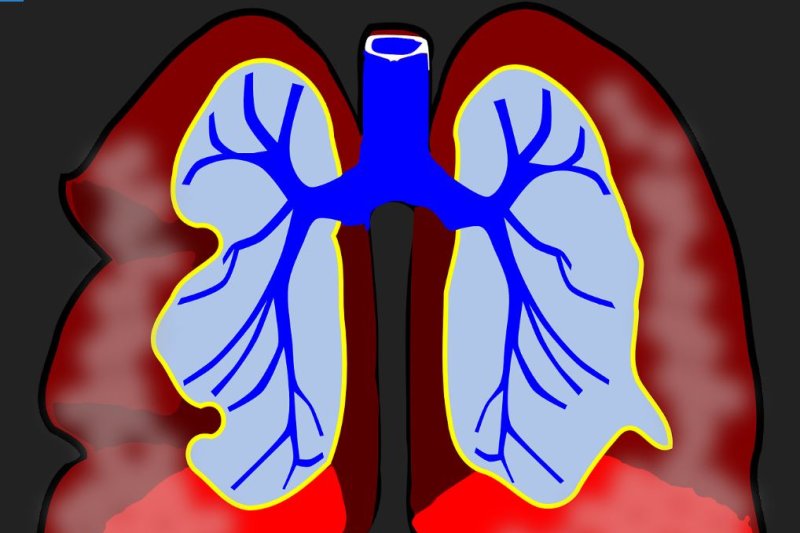Researchers found excessive nerves in the airways are a factor in heightened sensitivity and airway constriction in patients with asthma. Image by
pixabay
Sept. 6 (UPI) -- Excessive nerves in the airways are a factor in heightened sensitivity and airway constriction in patients with asthma, according to a study.
The research is the first study to determine that inflammatory cells can alter nerve structure in the lungs that cause the disease. Scientists at the Oregon Health & Science University published their findings Wednesday in the journal Science Translational Medicine.
Asthma is characterized by airway obstruction, inflammation and hyperresponsiveness.
Airway nerves help regulate airway constriction when inhaled particles, such as pollen and smoke, are sensed in the environment.
With asthma, these nerves become more sensitive, which causes patients to develop symptoms of wheezing and cough. Although two-thirds of patients with asthma have an overabundance of a type of immune cell, called eosinophils, the effects on airway nerves were not fully understood until now, the researchers said.
Scientists worldwide have been attempting to understand the development of asthma, which affects about 235 million people worldwide, according to the World Health Organization. Asthma is the most common chronic disease among children, the WHO said.
Researchers used confocal microscopes to generate three-dimensional imagery for a complete picture of airway nerves and interactions with eosinophils among 63 patients.
"Picture the branches of trees in a forest," lead author Dr. Matthew Drake, assistant professor of medicine in the OHSU School of Medicine, said in a press release. "In previous studies, researchers could only visualize small sections of the branches, which meant you could never see the whole tree or how multiple trees fit together. With our new method, you can see both the forest and the trees."
Researchers used confocal microscopes to generate three-dimensional imagery for a complete picture of airway nerves and their interactions with eosinophils.
In studying the length of nerves and how often they branch in the airways, they found that in asthma that airway nerves are denser.
"In essence, the trees are growing more branches," Drake said. "As a result of those changes, nerves are more easily irritated, which leads to exaggerated responses that constrict the airway."
In addition, more eosinophils increased the likelihood of denser nerves. In turn, that increased nerves connected with more severe asthma symptoms.
"Changes in nerve structure are clearly tied to worse lung function in asthma," Drake said.
Drake said they want to conduct further research to determine whether these changes are preventable or treatment with medication can reverse the process.















